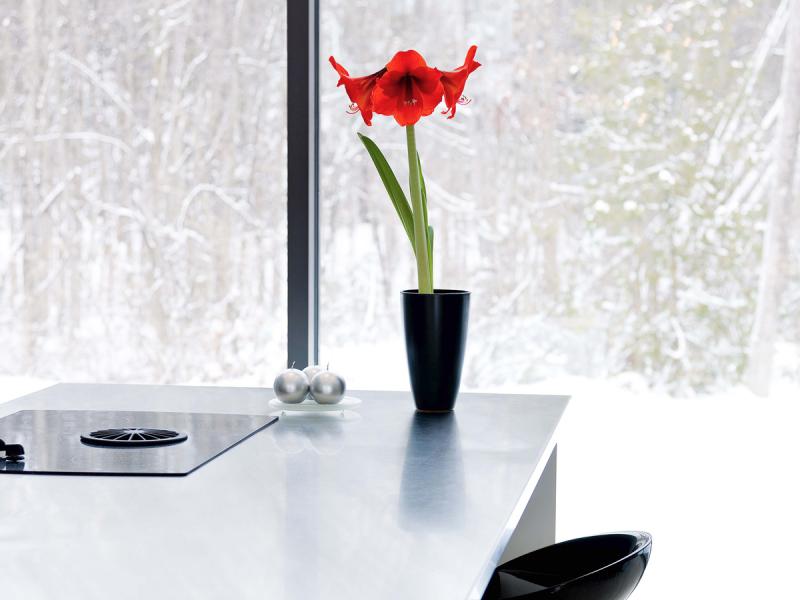In 1818, civil engineer William Cubitt created a device to be used by prisoners to operate a grain mill. The device had the prisoners simply walk on a circular footpath which moved the mill parts. By treading along, the prisoners ran the mill, and to this day any similar device is called a “treadmill.”
In the middle of winter, houseplants seem to be on a treadmill, putting forth great effort, but basically staying the same. This is primarily due to the fewer hours of daylight during winter, and daylight is the power that through photosynthesis allows plants to grow.
You can help winter houseplants get more light by simply moving them closer to windows. Or you can supplement the natural daylight with overhead grow lights. Plants that are not getting enough light will often stretch and become leggy as they try to reach a light source. Many plants, especially potted citrus trees and fig trees, will drop their leaves.
Because houseplants are growing more slowly if at all during winter, they do not need fertilizer, and get by on less water. In fact, overwatering is the main reason that gardeners kill houseplants in winter.
You can tell if plants are getting too much water when they develop yellow leaves, or the soil appears moldy. You may also see small bugs on and near the pot.
If this happens, let the potting soil dry out until it is dry to the touch when you poke a finger into the soil.
Always use potting soil that drains quickly. Never use outdoor garden soil in pots because it will compact down and become hard. Outdoor soil also usually contains bugs and weed seeds. Worse, your garden soil might contain pathogens that can kill houseplants.
Another thing to consider when treating houseplants in winter is the home's temperature. Most houseplants grow best in temperatures between 65° F and 75° F. Keep plants away from drafts or heaters.
Along with temperature, your plants need the right humidity or moisture in the air. Because of artificial heating, many homes have very low humidity during winter. Even outside air often has very low humidity during winter.
You can increase humidity in may ways. A daily misting of the plants will leave small droplets of water and increase the humidity immediately around each plant.
Clustering houseplants near each other is another way to increase humidity. Finally, you can set the pots on trays of pebbles, then put water in the trays. As the water evaporates it will increase the humidity immediately around each plant. Be careful that the bottoms of the pots do not actually touch the water, otherwise they may soak up the water resulting in too-wet soil. You can even use an electric humidifier to help the houseplants.
Your winter indoor gardening is not limited to houseplants. Certain vegetables will grow well during the winter indoors. Generally you will want to plant vegetables that are harvested for their leaves rather than flowers or fruits. The lower light levels may not be strong enough to induce flowering but strong enough to allow healthy leaf growth. Swiss chard, lettuce, arugula, chives all do well indoors. For a continuous harvest sow seeds every few weeks.
So with more humidity, more light and even temperatures you can keep your houseplants alive, as they live in place on their own gardening treadmill.




















































